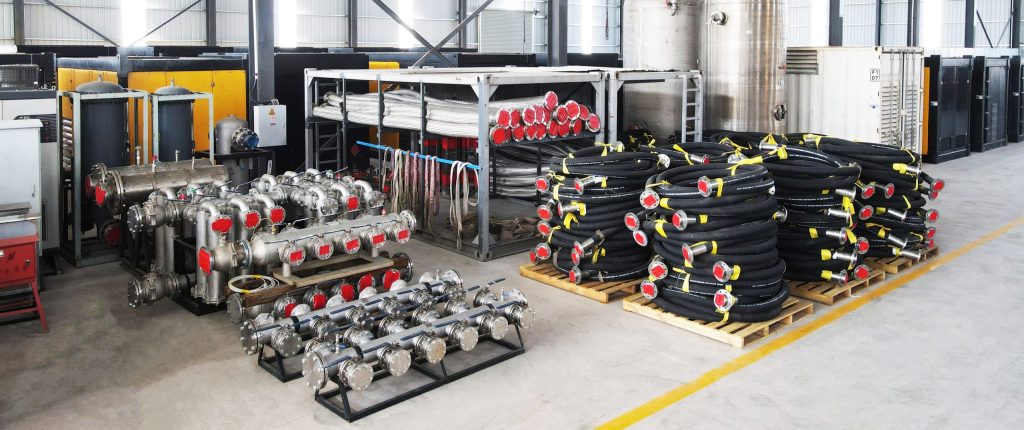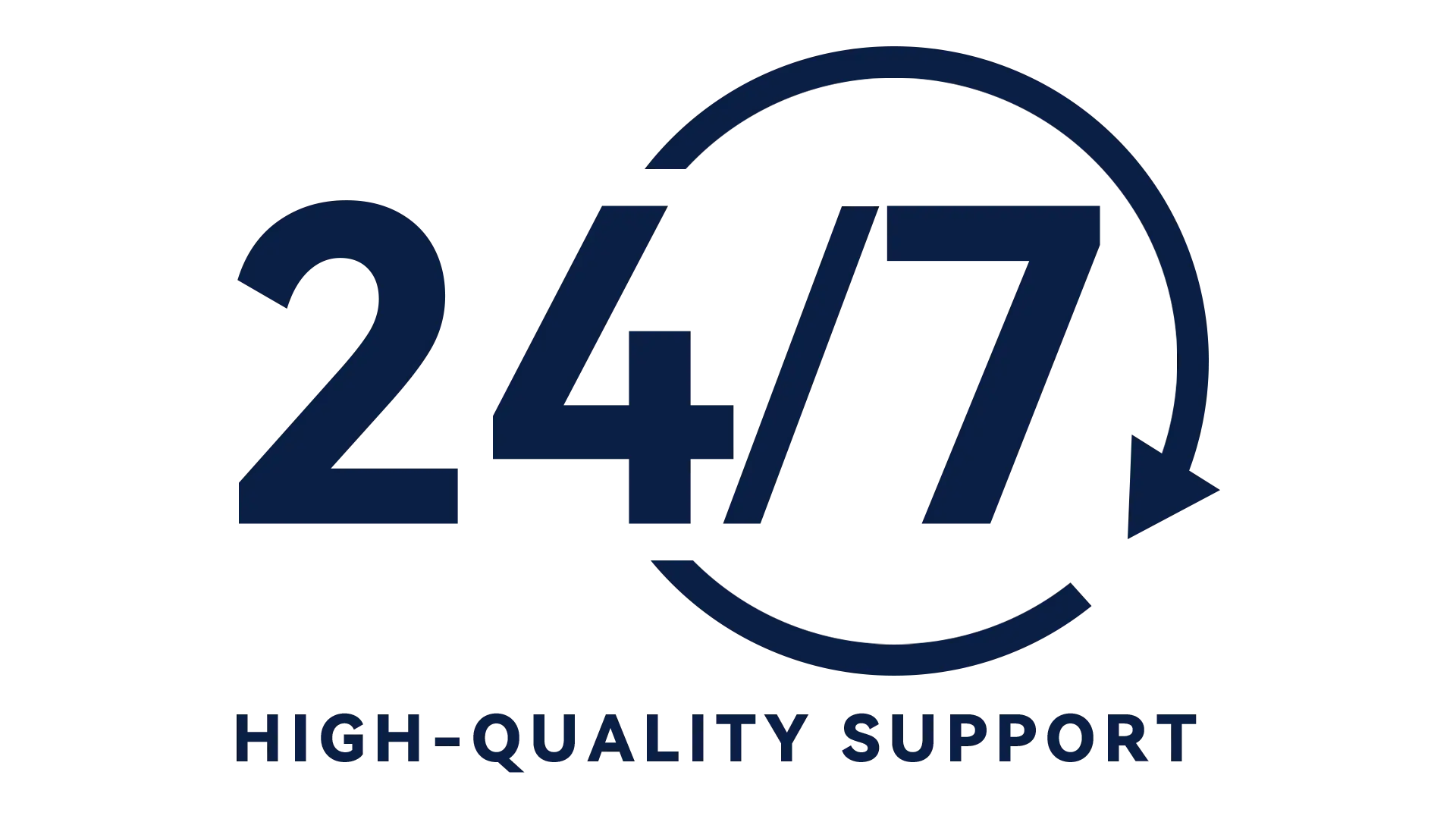A properly sized compressed air piping system is critical to system efficiency. Whether your setup is temporary or permanent, undersized pipes can lead to severe pressure drops, energy waste, and underperforming tools.
Why Piping Size Matters
When compressed air travels through the piping network, some pressure loss is inevitable. However, with correct sizing and layout, this can be minimized.
Air velocity should be kept below 20–30 ft/s (6–9 m/s) to reduce pressure loss and ensure system efficiency.
3 Key Factors to Determine Pipe Size
✅ 1. Required Operating Pressure
Over-pressurizing a system is costly. Every 2 psi above the required pressure equals ~1% energy waste. So pipe size should reduce the need for over-pressurization.
✅ 2. Maximum CFM Demand
CFM (cubic feet per minute) reflects how much air flows through the system. Pipe sizing must account for peak air demand, not just average flow.
✅ 3. Total Distance to End-Use Points
Longer piping increases pressure loss. Upsizing pipe diameter slightly may cost more upfront, but saves energy and prevents maintenance issues over time.
What Happens if Pipes Are Too Small?
- Insufficient airflow to tools and machines
- Higher energy consumption
- Elevated temperatures and poor air quality
- Increased wear on compressors and system components
Plan for Future Expansion
Don’t size your system based only on current usage. Consider:
- Future production growth
- Adding new equipment or lines
- Designing a modular, scalable network with reserve capacity
FOOENS Rental: Complete Compressed Air Solutions
FOOENS Rental provides professional compressed air equipment + piping design + system installation. We help you size your network correctly to ensure maximum performance, minimum waste, and future scalability.


